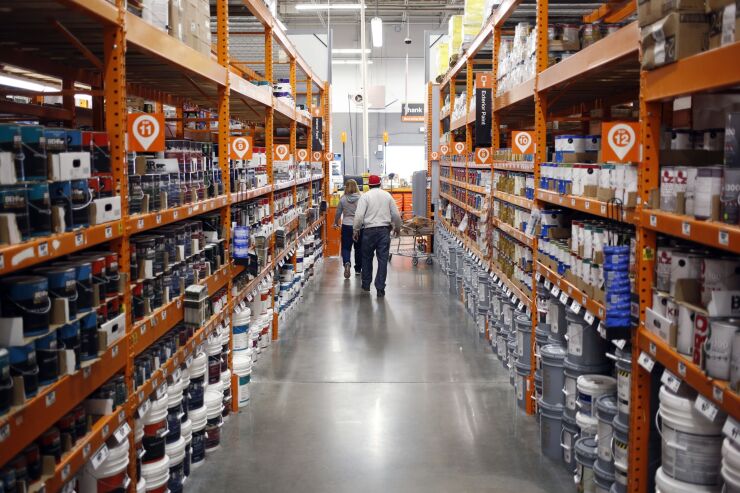
President Joe Biden's White House engaged in mathematical gymnastics on Thursday to draw some positive news out of an otherwise gloomy inflation report — one of the last that US voters will see before they decide control of Congress in November.
"Overall inflation was 2% over the last three months," Biden said at an event in Los Angeles. "That's down from 11% over the prior three months. That's progress."
The White House arrived at those figures by annualizing the monthly change in consumer prices from July through September — a time when gasoline prices, a major contributor to the overall index, were falling.
But headline inflation remains stubborn: 8.2% in September when compared to a year earlier, barely off the prior month's pace. And core inflation — which excludes often-volatile food and energy prices — increased by 6.6% from September 2021, a fresh 40-year high.
In the past, Biden has pointed to core inflation as a better signal for the economy when it was headline inflation that was running hot. On Thursday, he did the opposite, by highlighting annualized figures for month-to-month gains in headline inflation.
The report cemented bets that the Federal Reserve will
Republicans saw a fresh opening to attack Biden.
"President Biden and his staff keep falsely promising that prices will come down, but their actions keep making things worse," Senate Minority Leader Mitch McConnell said in a statement, citing Biden's decision to cancel some student loan debt as inflationary.
At the White House, though, officials tried to find any hint of better news. Brian Deese, Biden's top economic adviser, and Commerce Secretary Gina Raimondo both pointed to the
"It's important to look at this monthly data in context," Deese said in an interview on Bloomberg Television. "There is a well-known understanding that that data operates with a lag and we're seeing some contemporaneous real-time evidence of sharp deceleration in rental price appreciation, sharp deceleration in home price appreciation."
In fact, the broad-based increase in consumer prices was due to "many contributors," not just housing, the government's
Medical care indexes were among the largest contributors to price growth, evoking a key plank of Biden's push to ease the impact of inflation on families. The tax and climate law he signed in August, branded the Inflation Reduction Act, caps out-of-pocket prescription drug costs for people on Medicare at $2,000 a year, though that provision doesn't take effect until 2025. The law also extends aid for health insurance premiums under Obamacare.
Biden warned that Republicans would try to repeal the law, should they take control of Congress, thus raising families' living costs. "That's the exact wrong thing to do in this moment," he said.
Wage-Price Spiral
Biden dismissed the idea that the job market, where employers are still experiencing shortages, is fueling inflation.
"I just couldn't disagree more with my Republican friends who say the biggest problem on our economy right now is that working folks are making too much money," he said. "That's a bunch, as the Irish said, a bunch of malarkey."
The Republican position is better described as concern that too few Americans are working. And the view that a labor shortage is helping to fuel inflation is held beyond Biden's political opponents.
Cecilia Rouse, chair of the White House Council of Economic Advisers, said there are signs that the US can avoid a spiral — employers raise wages to attract more workers, forcing them to raise prices, forcing more wage increases — that would further entrench inflation.
"What I would take some comfort in — if that's what we're going to call it — is the fact that, if we look at hourly wages, they actually ticked down. So that suggests we're not seeing wage-price spiral, at least in these numbers," she said.





